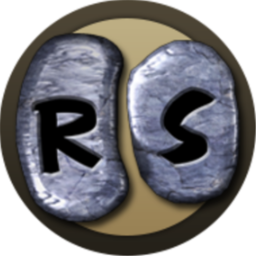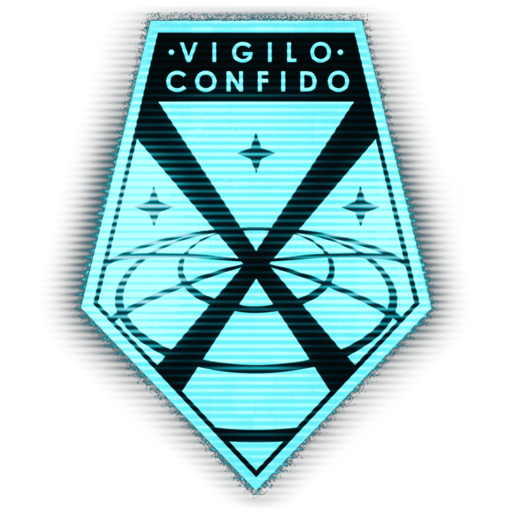I mean, it depends on the edition. In AD&D the damage of fireball increases faster than your HP: you deal 1d6 damage per level and you gain 1d4 HP per level (and you don’t get an automatic max roll at first level), so on average a fifth level caster has 12.5 max hp and deals 17.5 damage on a failed save.
Nowadays with higher hit dice and higher average Constitution scores and potentially larger Constitution-based hp bonuses, it’s more survivable for sure. It also doesn’t expand to fill its nominal volume if cast indoors, so it’s a lot easier to find space to cast it in dungeons without frying yourself.
Edit: This is ignoring the fact that not all mages are equally likely to survive to fifth level; rolling higher HP makes you way more likely to survive to the next level, so I suspect if we surveyed players of fifth level mages the actual average HP would be somewhat higher, with the low rollers having been filtered out by dart traps, lucky kobolds, etc.




























They don’t think telling this guy to starve in his old age over $7 will undermine public trust? It’s undermining my trust in this official’s judgment right now!
I guess I don’t live in Kyoto so they probably don’t give a rat’s ass what I think.